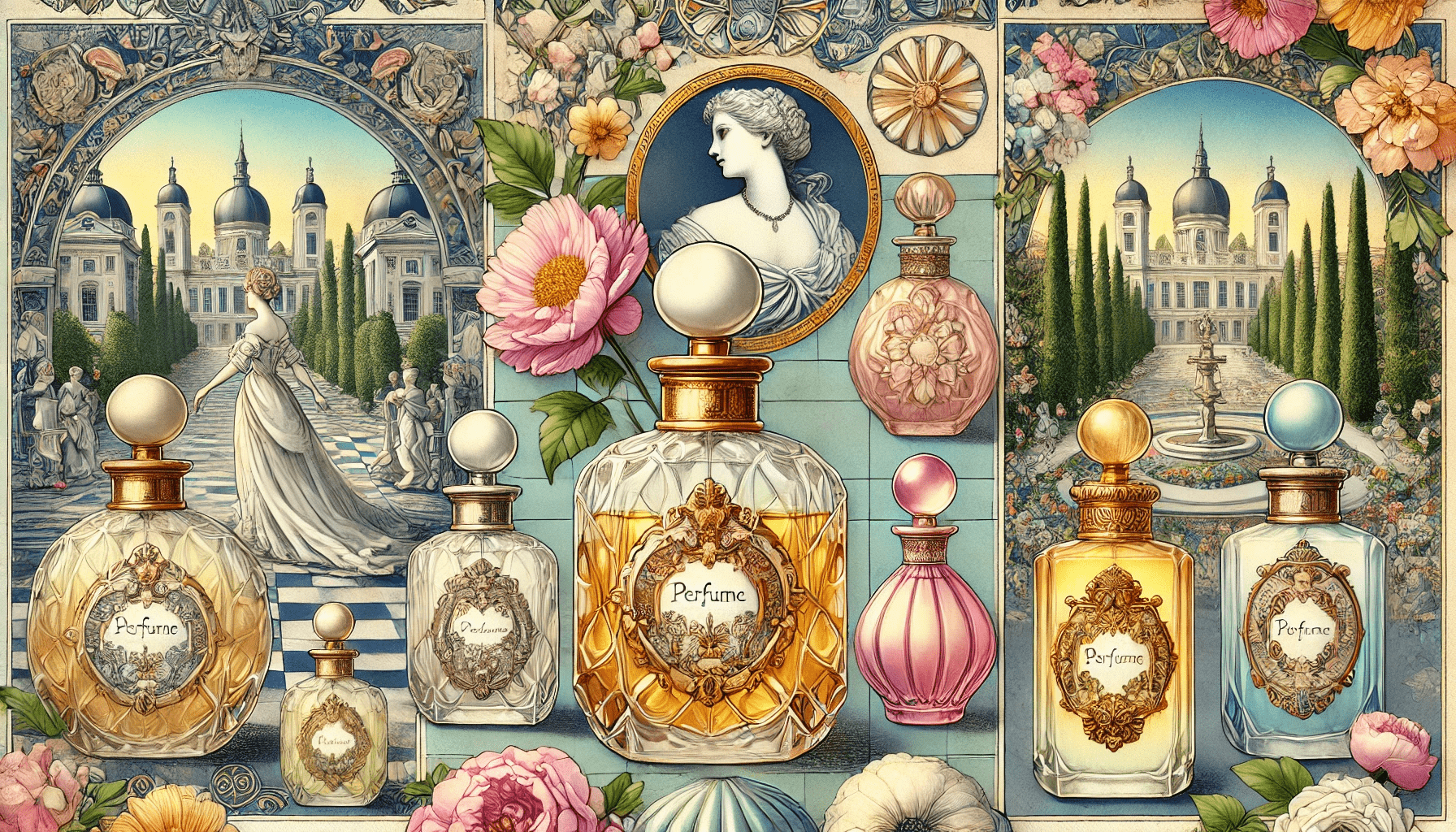Scents have always been an integral part of human culture, reflecting the era in which they were created and symbolizing various aspects of life, such as style, status and mood. Natural oils, often used in perfumery, can change not only the perception of fragrance, but also the emotional state of a person. Important historical moments also often influenced the development of perfumery. Pfumeria changed under the influence of political and cultural realities, and new trends and ingredients became symbols of their time.
Perfumes of the Middle Ages were saturated with herbs and spices that could hide the unpleasant smells of urban life at that time. The Renaissance brought a new attitude to personal hygiene and sophisticated fragrances. In the Baroque era, scents became a symbol of luxury and sophistication, and the age of Enlightenment opened the world to light and airy compositions that emphasize freedom and the spirit of the new age.
Modern perfumers continue to experiment, creating fragrances that reflect not only fashion trends, but also the unique desires of people. Each era leaves its mark in the perfume compositions, emphasizing the values and preferences of people. Special attention is paid to new molecules and technologies that open up opportunities for perfumers to create unique fragrances that were previously inaccessible to masters of the past.
Influence of the era on the choice of scents
In the Middle Ages, scents played a role not only aesthetic, but also practical. The city streets were full of unpleasant odors, and perfume helped to cope with this problem. The appearance of aromatic waters based on rose, lavender and spicy spices has become an integral attribute of the life of the noble classes. Herbal and floral arrangements emphasized status, but also protected from everyday adversity.
The renaissance gave perfumers new opportunities when Europe was confronted with scents brought from distant lands. Citrus essential oils and flower extracts have flooded the royal courts. It was then that the classic fragrances were born, which are still popular today. Complex and rich compositions became a reflection of the power and greatness of the monarchs.
The age of Enlightenment and the Industrial Revolution led to the creation of lighter and fresher scents. Perfumers began to use new distillation technologies, which made it possible to create more refined and airy compositions. People were looking for scents that symbolized purity and innocence, and this was reflected in the choice of simpler and lighter notes.
Perfumery in the era of industrialization
With the advent of industrialization in the 19th century, perfumery underwent significant changes due to the development of new technologies and the availability of new ingredients. The production of perfumes has become widespread, and their cost has decreased, which has made perfumes available to a wider range of people. However, the importance of personal choice of fragrance did not diminish, and everyone sought to emphasize their individuality through the smell. Scents began to appear that were not only a status symbol, but also reflected the inner world of a person.
The development of the chemical industry made it possible to create synthetic fragrances that significantly expanded the palette of available notes. During this period, perfumers began to actively experiment with new molecules and compositions, which led to the creation of fragrances that were previously impossible. Many of them are still popular. Among the key features of the scents of that time are:
- Extensive use of synthetic components.
- Create long-lasting fragrances that stay on the skin all day.
- Increase the number of available flavors due to lower production costs.
By the beginning of the 20th century, scents began to reflect changing social and cultural realities. In the post-World War I period, perfumers sought to create scents that could symbolize hope, restoration, and a new world order. The new compositions were a reflection of the optimism and courage that was felt in society. It is important to emphasize that during this period, fragrances became a means of self-expression, which allowed people to express their individuality and desire for a new, better future.
Perfumery in the XX century
The 20th century was a real revolution for the world of fragrances, when the creativity of perfumers began to go beyond traditional materials. This period was marked by a rapid development of not only technologies, but also new approaches to creating perfumes. In the first half of the century, scents began to reflect the dynamism of life, as well as the contrasts that arise in the world of fashion and culture. People began to look for something more unique, emphasizing their inner qualities and distinguishing them from others.
In the post-war period, perfumers began to actively use new molecules that made it possible to create truly unique aromas. Some of these fragrances became symbols of their time and went down in history as legendary. This period can be described as a time of experimentation, when creativity was ahead of tradition. An important role was played not only by the smells, but also by the packaging of perfume, which became an object of art.
By the end of the 20th century, the perfume industry experienced another wave of changes, when attention shifted to eco-friendly and natural ingredients. Modern trends for environmental friendliness and naturalness began to dominate in perfumery, which affected both the choice of ingredients and production processes. This was a new challenge for perfumers, who were trying to adapt to the changing needs of consumers.
Scents of the XXI century
In the 21st century, scents have become not just an accessory, but an important part of everyday life and the expression of individuality. The impact of global trends on healthy lifestyles and environmental awareness continues to gain momentum, which is also reflected in the perfume industry. More and more brands are giving preference to natural ingredients, which also meets the needs of modern consumers who are striving for an eco-friendly and sustainable life. There are scents that are designed with their minimal impact on the environment in mind.
The creativity of 21st-century perfumers lies not only in creating new compositions, but also in how they can connect the traditions of the past with the technologies of the future. Perfumes become more complex in structure, but at the same time light and airy in perception. More and more attention is being paid to creating personalized fragrances that reflect the character and lifestyle of a particular person.
Of particular importance in the 21st century are unisex fragrances. Perfumers are moving away from the rigid division between men’s and women’s compositions, offering neutral scents that can appeal to anyone. Such scents become a symbol of freedom of choice and individuality, emphasizing the blurred boundaries between the sexes and personal preferences.
Questions and answers
Perfumery has become more accessible, and perfumers have begun to actively use synthetic fragrances.
This period was a time of experimentation, when perfumers created unique compositions that reflect the spirit of the time.
Eco-friendliness and natural ingredients have become key trends in modern perfumery.

